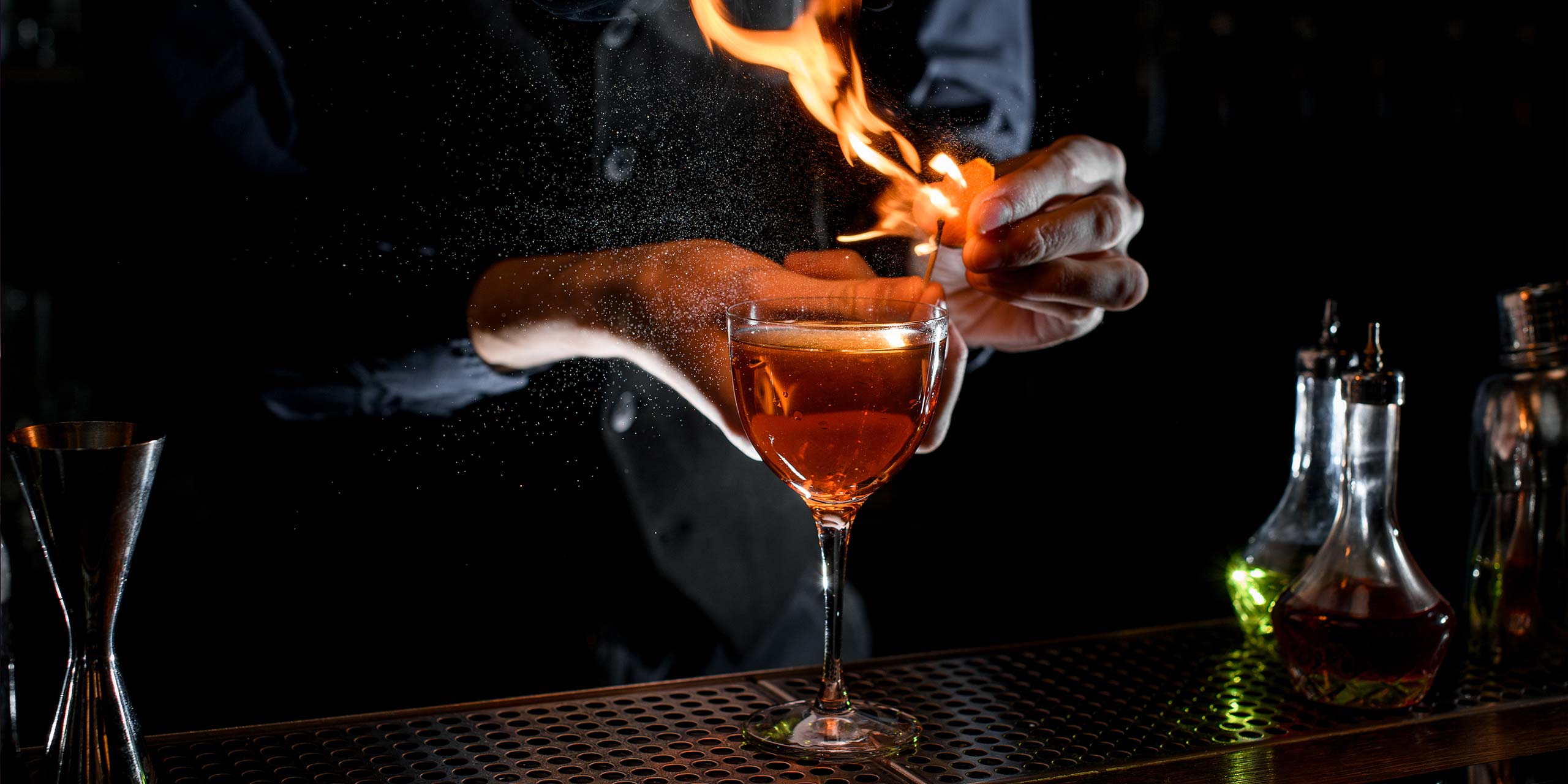
Although it’s hard to picture it now, there was a time not that long ago when finding a good drink in Singapore took some planning.
Beyond the famed Singapore Sling at the Raffles Hotel, there wasn’t much to speak of if you didn’t know where to look. In fact, local nightlife veteran Jerrold Khoo estimates there were only five or six craft cocktail bars in Singapore when he entered the industry about 10 years ago.
Today, “there are 30 or 40,” he wagers.
The Lion City doesn’t just have more cocktail bars, though. It has more great cocktail bars. In 2023, 11 Singapore bars made the Asia’s 50 Best Bars list. Another eight ranked in the top 100.
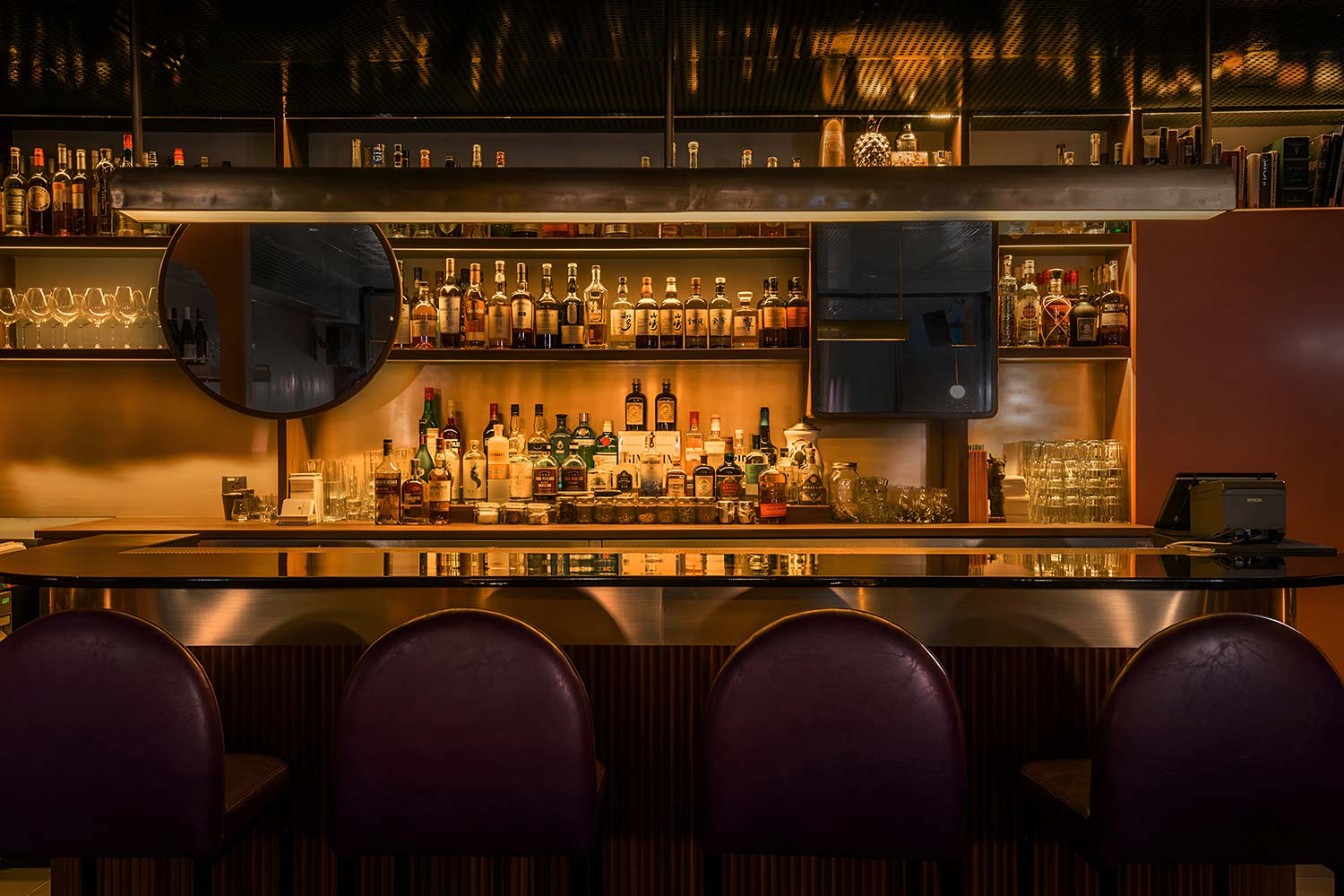
The city’s cocktail scene has grown so fast that some of the first venues to shake up the scene now feel so ingrained that you can hardly picture their neighborhoods without them.
Art Deco-inspired gin joint Atlas seems to have been in the Parkview Square building in Bugis since the dawn of time. Until it also moved into Bugis during the pandemic, Nutmeg & Clove was a Chinatown institution. Even 28 HongKong Street and Jigger & Pony, both landmarks known far beyond Singapore’s borders, were only founded in 2011 and 2012, respectively.
Unlike the spit-shined speakeasies and rooftop bars of decades past, now there’s a greater diversity of options than ever, “from high-end hotel bars to dive bars,” according to Khoo. That makes this an incredible time for fans of great drinks – and great bars – to be in Singapore.
For proof, look no further than Khoo and ex-Employees Only bartender Bai Jia Wei’s latest project, Stay Gold Flamingo.
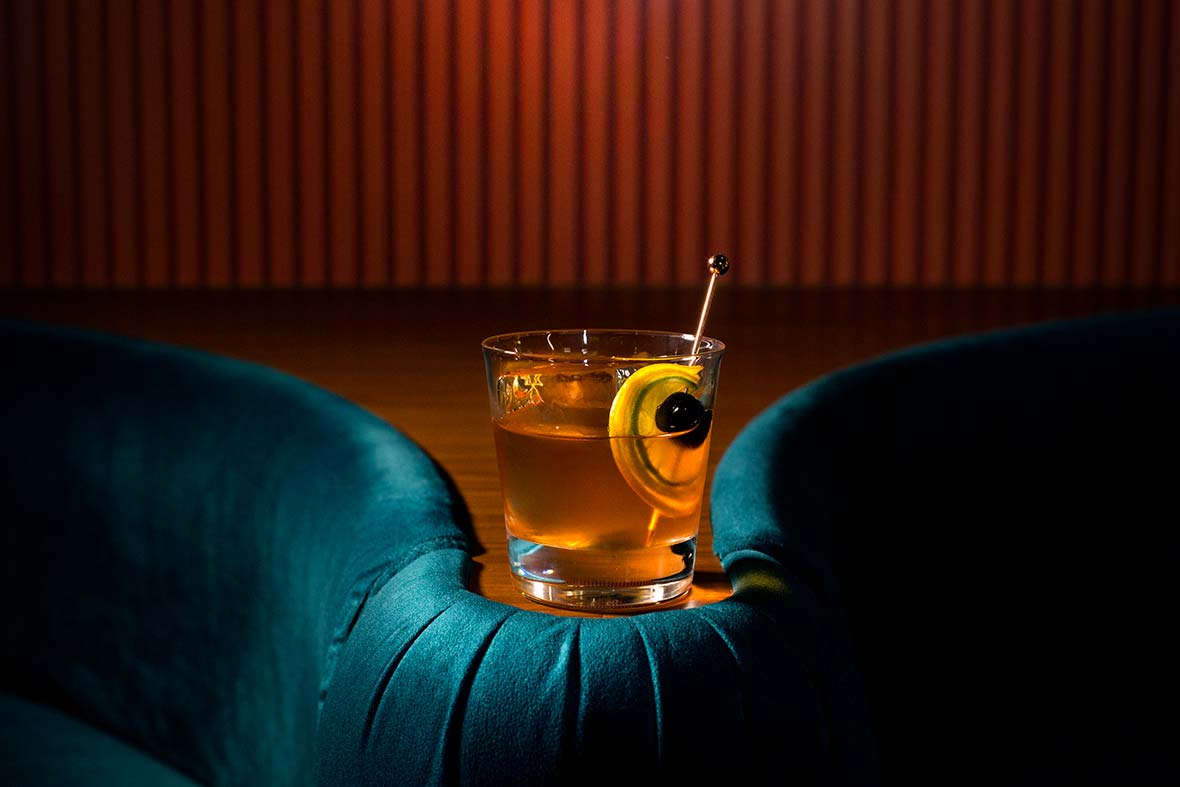
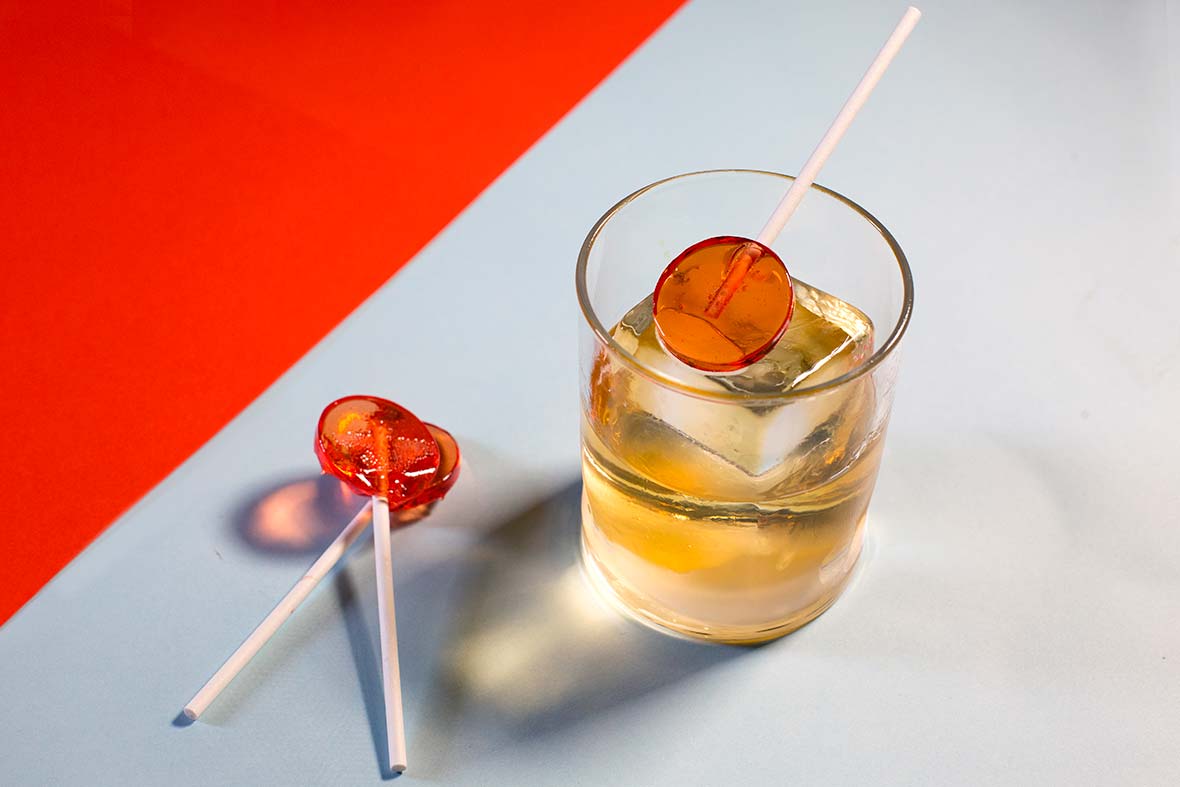
Located on Amoy Street, in Chinatown, the bar isn’t your usual jazz joint for suited and booted execs or local celebs. It’s a place where “you can put on rock and roll music and have a Manhattan,” says Khoo, an alum of Jigger & Pony – no. 2 in Asia this year – and former rock star himself. “We fused together elements of the street with the posh ideals of a cocktail bar.”
Staff patrol the floor in paint-splattered suit jackets that recall the work of Jackson Pollock, while the soundtrack likely will feature more Arctic Monkeys than Duke Ellington.
But Stay Gold Flamingo is more than rock and roll. It’s multiple venues, each offering something unique that seeks to cater to locals rather than award show judges.
In the front of the building, the vermillion-hued Flamingo operates as a café by day, serving Asian fusion dishes and coffee made from locally roasted arabica beans. By October, this space will transform into a wine bar at night, where Khoo and Bai will serve “the underdogs” of the wine world. (Natural wines and lesser-known producers from Spain and Argentina, for example.)
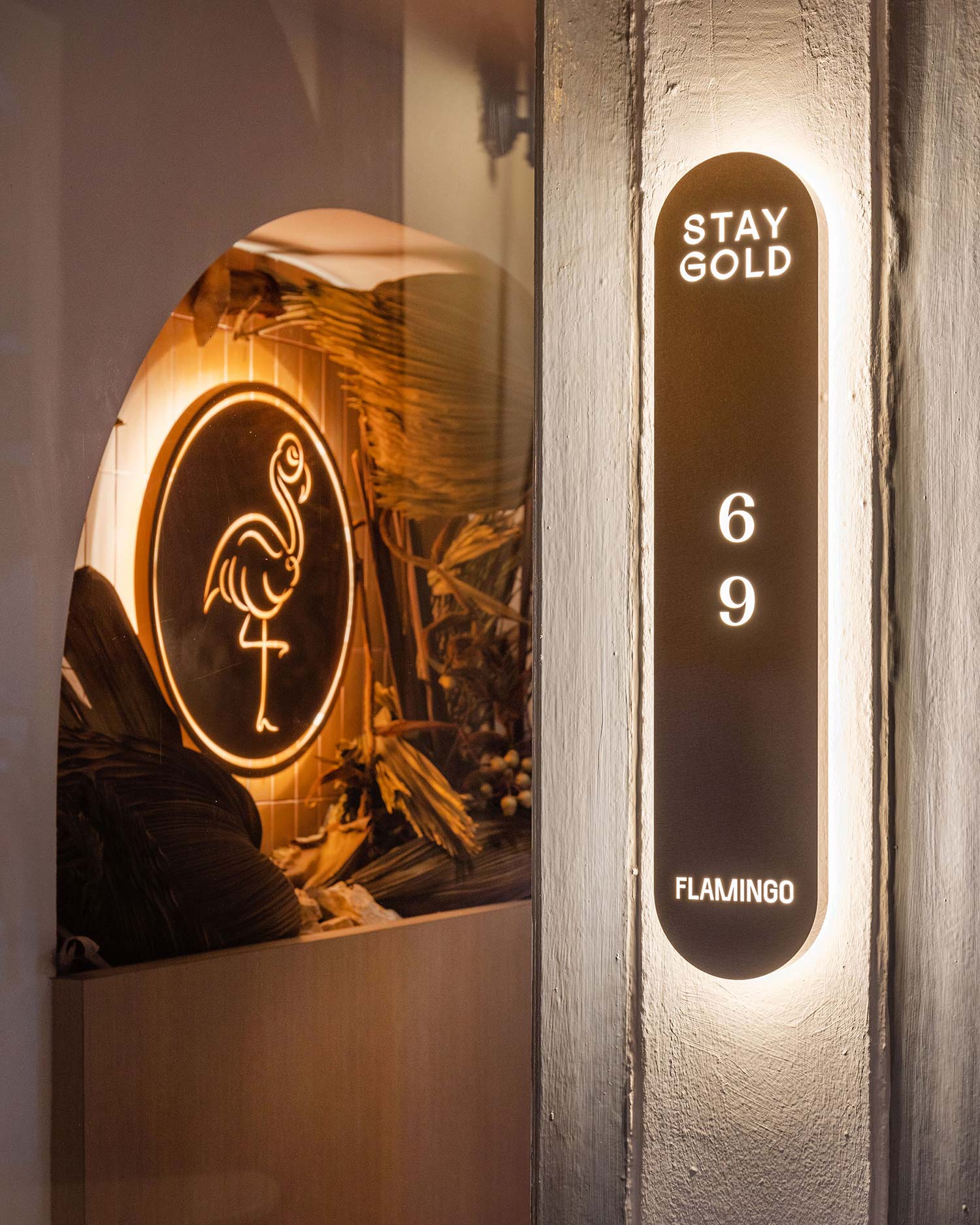
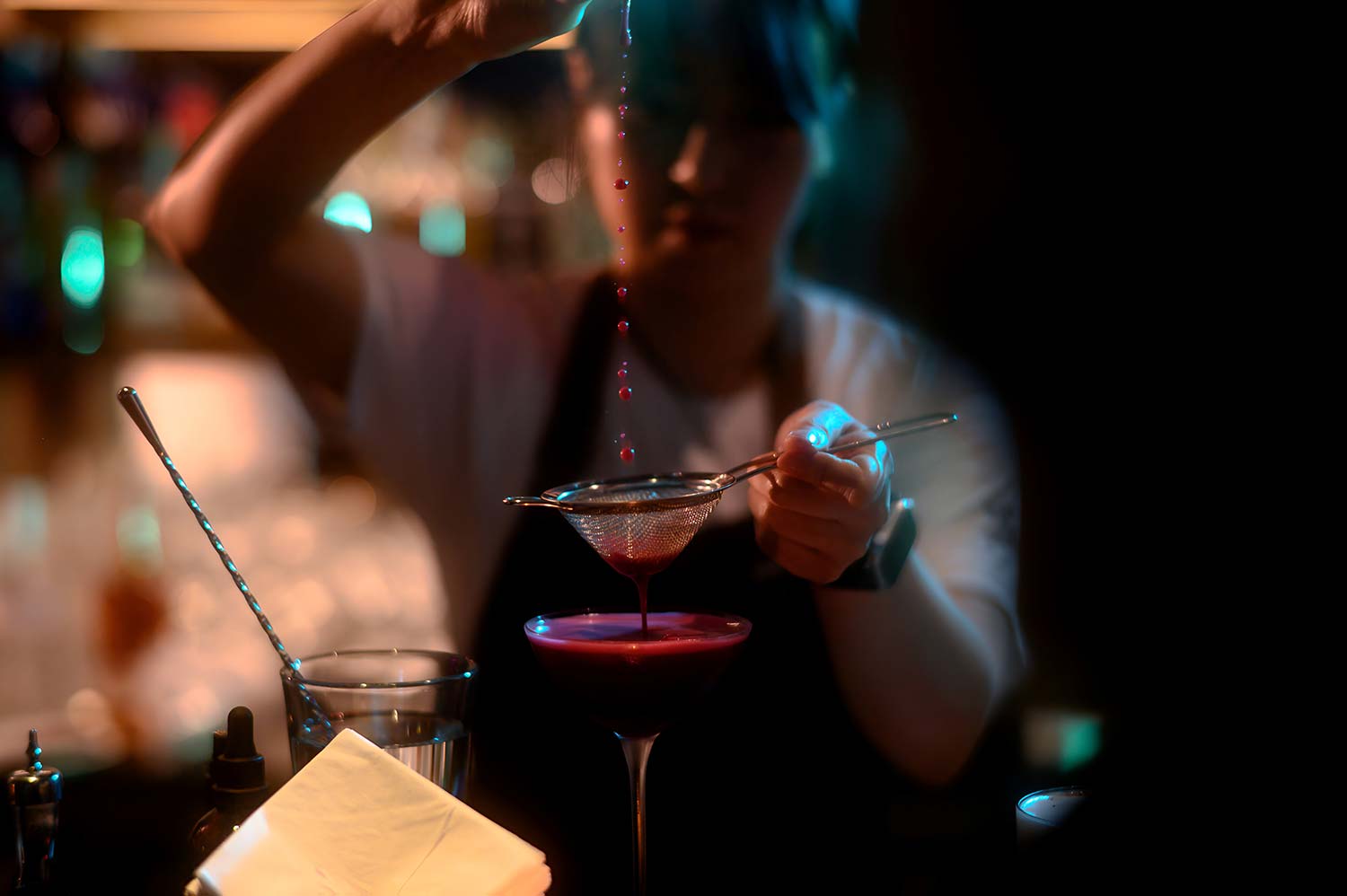
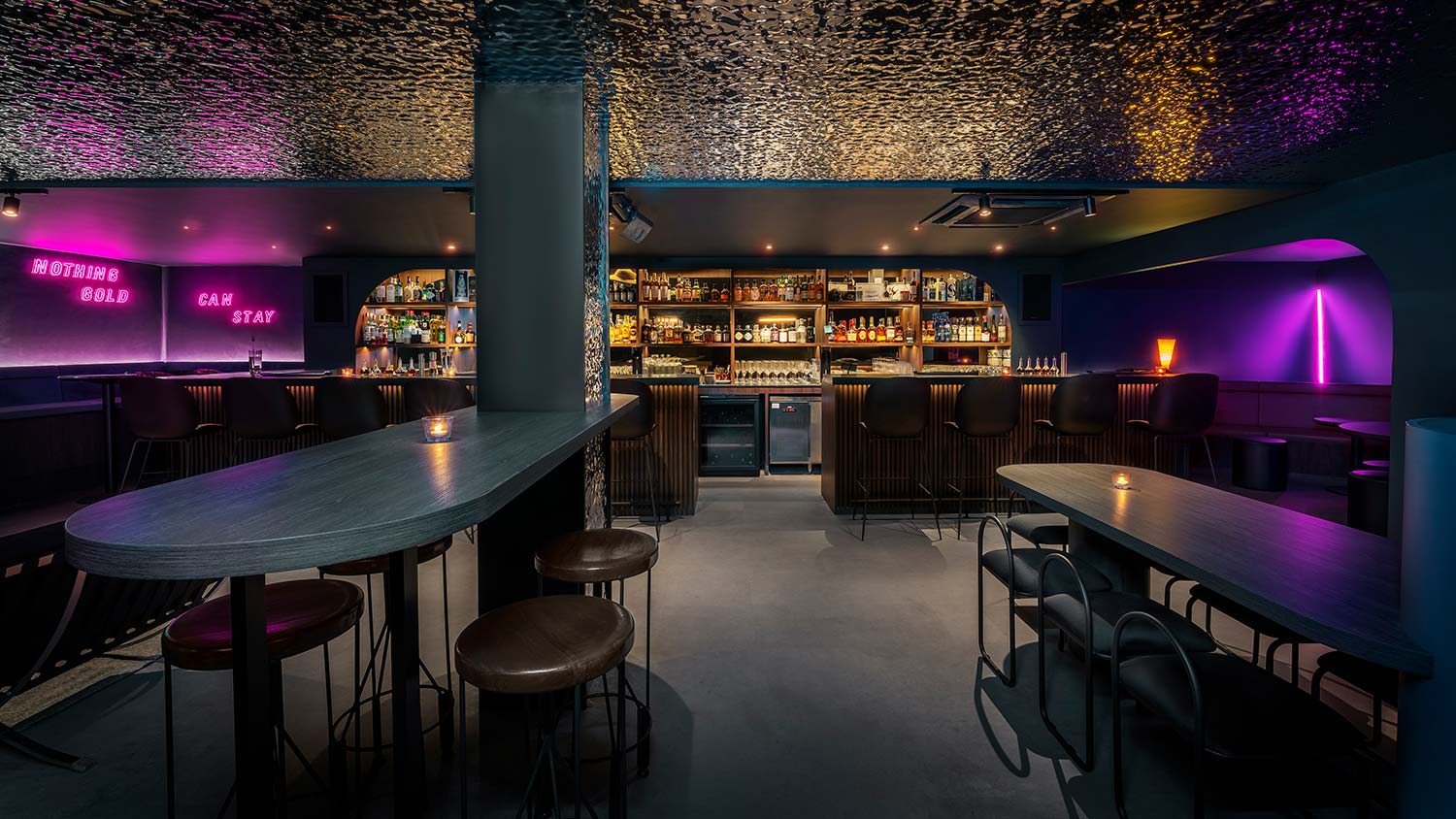
In the back, there’s Stay Gold, where Khoo and Bai “let [their] bartenders run wild” to create 16 signature drinks that speak to the venue’s Jekyll and Hyde identity.
On their first menu, dubbed Alter Ego, there’s a mix of low-alcohol and stiff expressions inspired by Singapore’s flavors, ingredients and cultures. Think espresso martinis made with toasted coconut meringue to pay homage to Singapore’s cafés, a sugarcane-inspired milk punch that speaks to its hawker culture and the Gentleman’s Club, a smoky, bourbon-based drink with patchouli and lapsang souchong tea that honors the city’s once-notorious entertainment.
This year, Stay Gold Flamingo landed at no. 32 on the Asia’s 50 Best Bars list. The recognition validates Khoo and Bai’s creative choices, as well as their ability to appeal predominantly to a local crowd pining for a more casual drinking experience.
Perhaps the clearest example of the sea change occurring in Singapore’s nightlife, however, is the emergence of independent venues like Sago House.
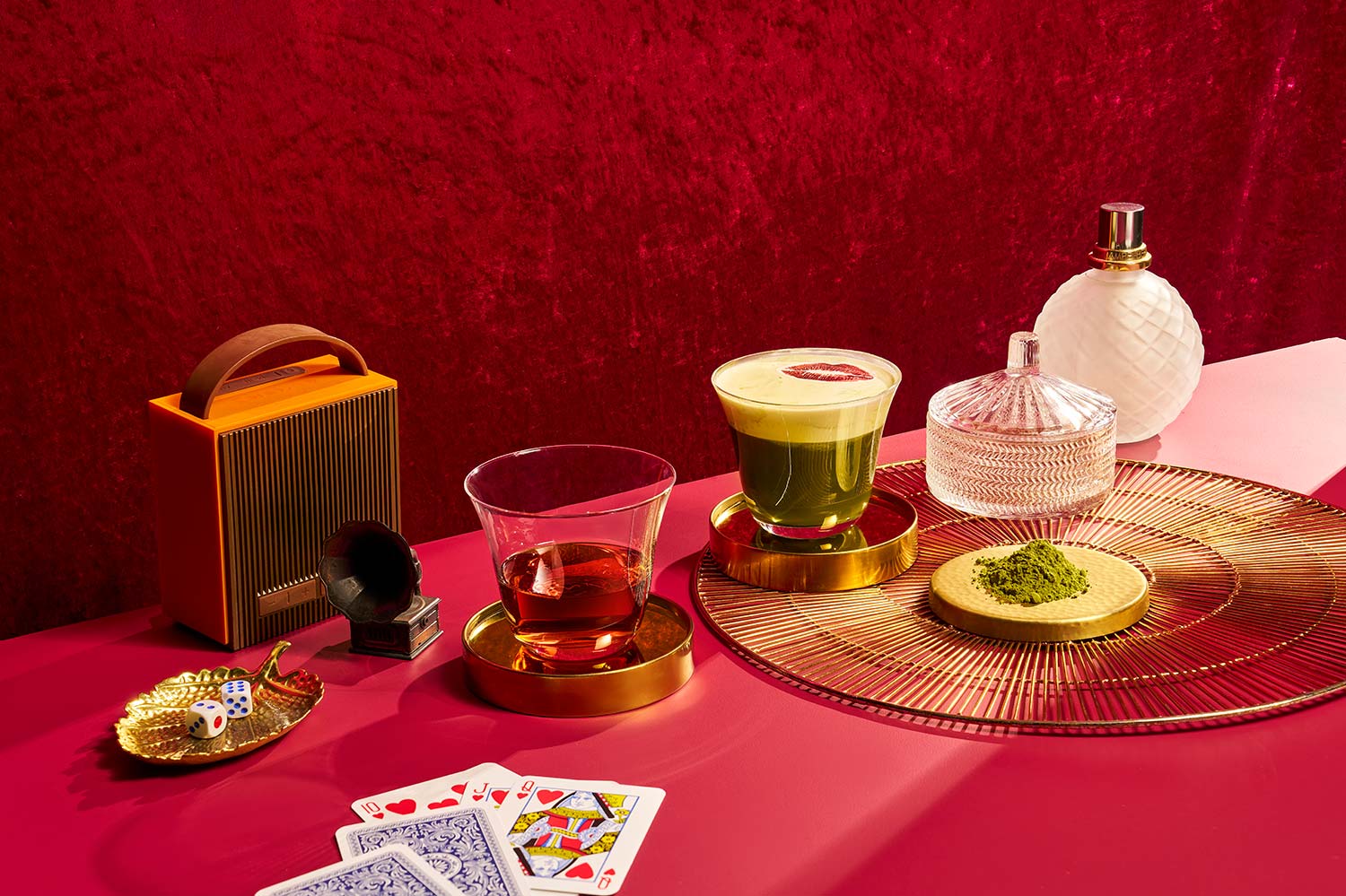
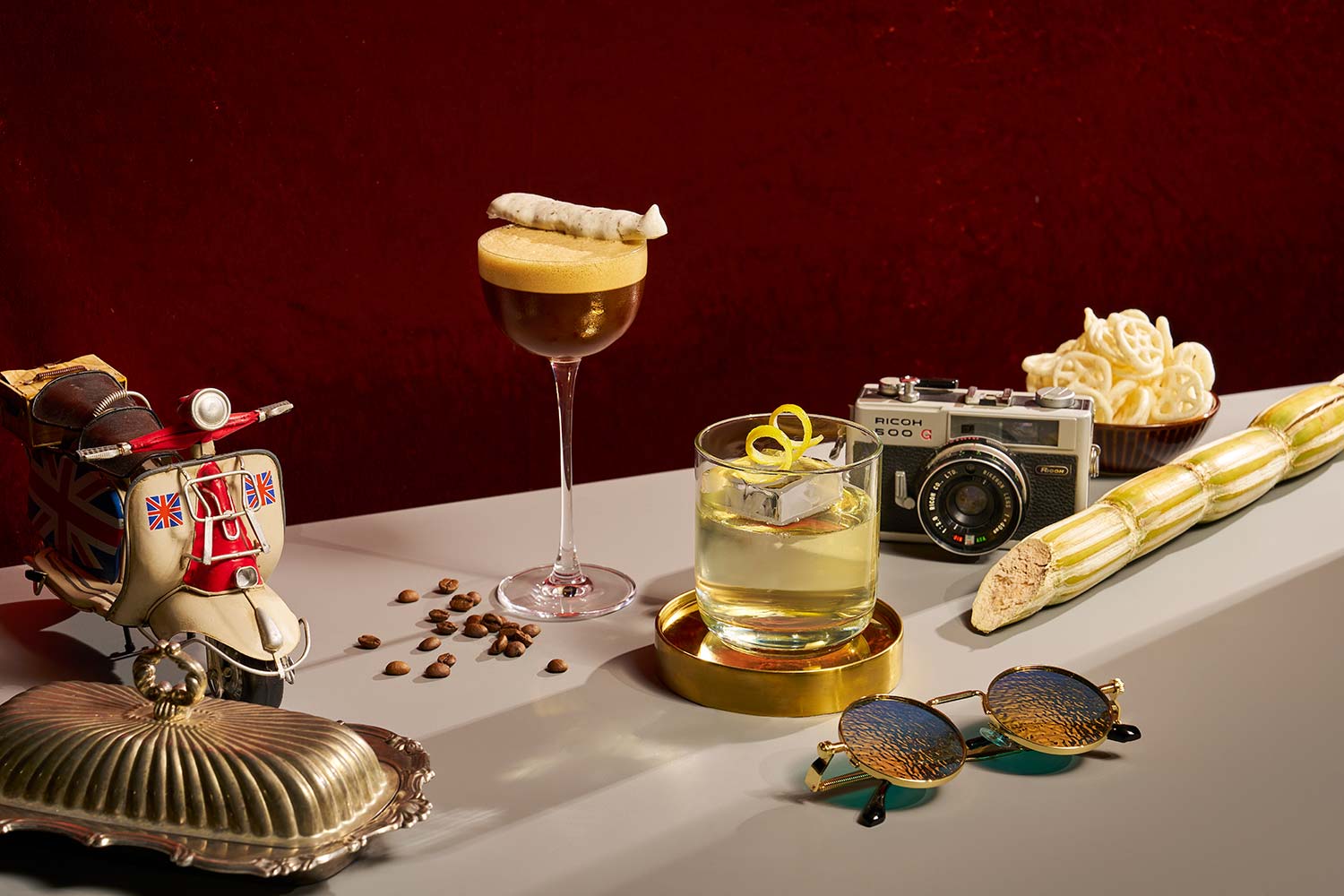
The bar is owned and operated solely by industry veterans Desiree Jane Silva, Jay Gray and Abhishek C. George. The three opened Sago House during the pandemic without outside financing. No investors, no banks – a rarity in one of the world’s most expensive cities.
“It’s our blood, sweat and tears on every inch of the bar,” says Silva, whose 12-year career began at 28 HongKong Street. “Everything was intentional and very personalized.”
This proud individualism has given Sago House a character few other venues can achieve.
Hidden on the third floor of a building on Sago Street in Chinatown, the bar greets you with a colorful mural produced by Filipino artist Distort Monsters and a neon sign behind the bar bearing the words “don’t try” – author Charles Bukowski’s famous credo for success in art.
The other accents and interiors, meanwhile, feature an edgy, street-wise look brought to life almost exclusively with self-made or upcycled materials.
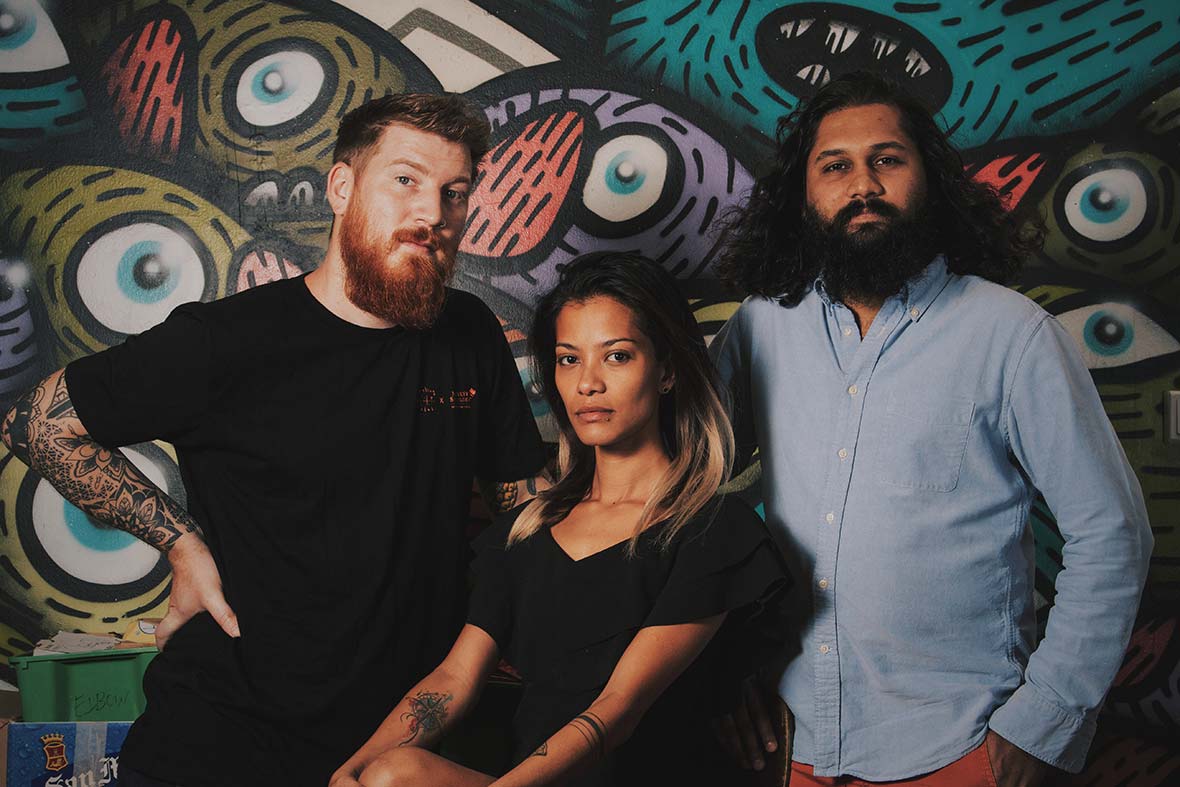
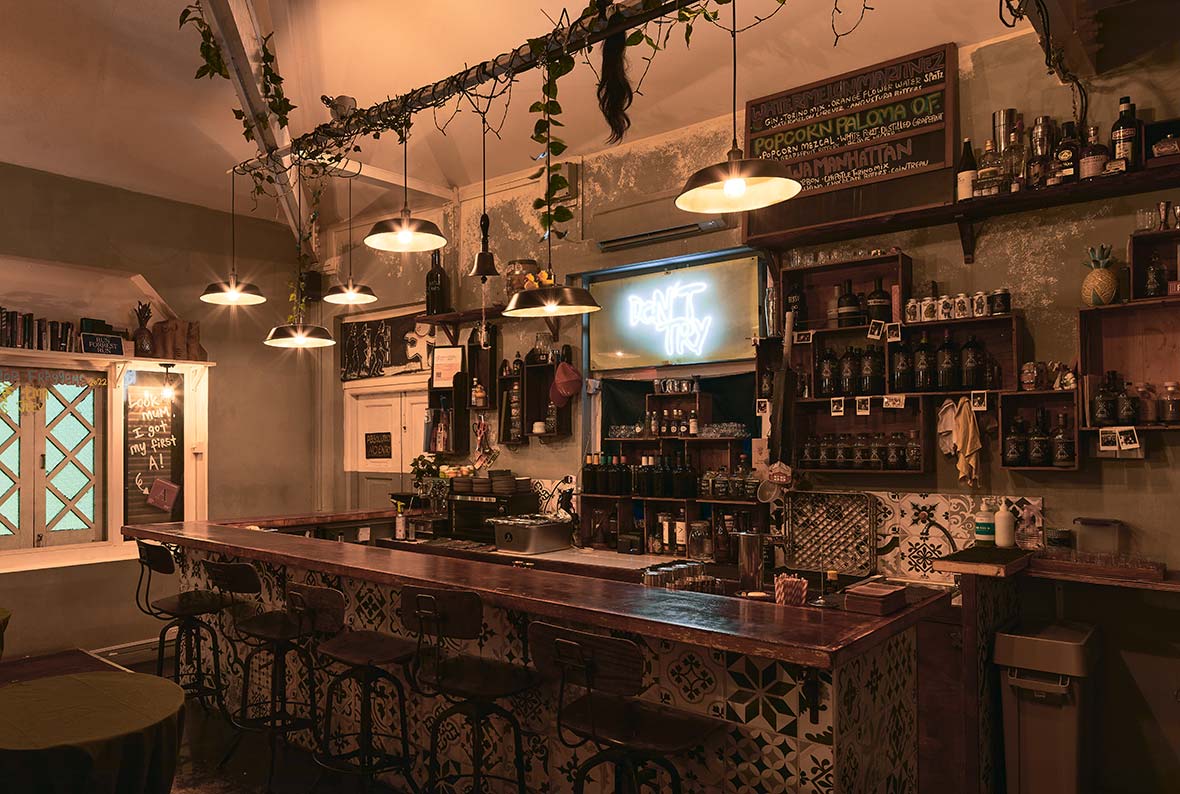
“We love art and hip hop, so that was the basis and part of our brand,” says Silva. “We also kind of wanted to prove to the world that you don’t need a million-dollar build to have a great bar.”
The cocktail program stays true to their independent streak, too.
The menu changes weekly: six new cocktails, six different styles, every week. “We are in week 163 now, so that’s 978 unique drinks we have made,” Silva says at press time.
These have ranged from clever cuts like Alexander the Grape, a mix of Suntory Kakubin whisky, a Kyoho grape and seaweed cordial, aromatic Suze Gentian liqueur and soda, to Miso Fancy, an umami blend of miso butter fat-washed Montelobos Espadin mezcal and soy sauce gum syrup.
While the ever-rotating drinks and easy-going interiors might stand out in Singapore, so does the team’s sincere, people-oriented hospitality. According to Asia’s 50 Best Bars, “Upon arrival to the premises, every guest is greeted with a ‘hello’ from all the working staff, before being shown to their table with their name chalked onto it,” a level of service that earned Sago House The Art of Hospitality Award as well as no. 10 on the rankings this year.
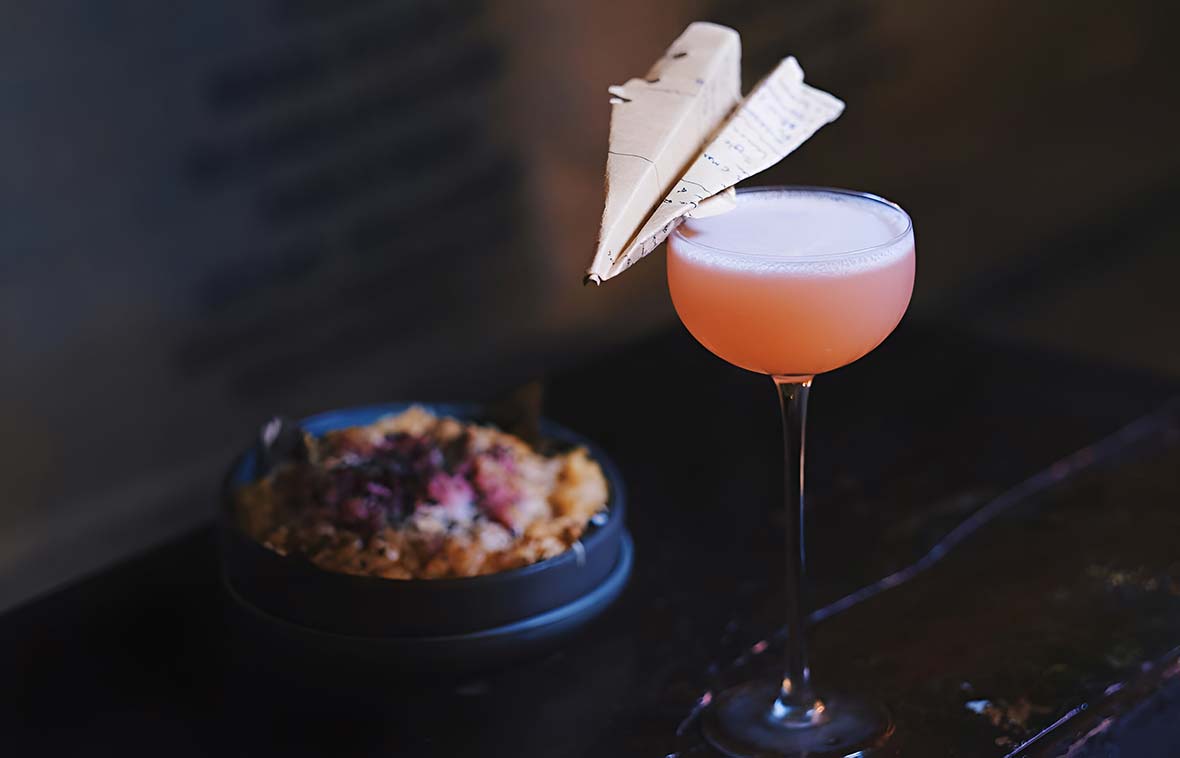
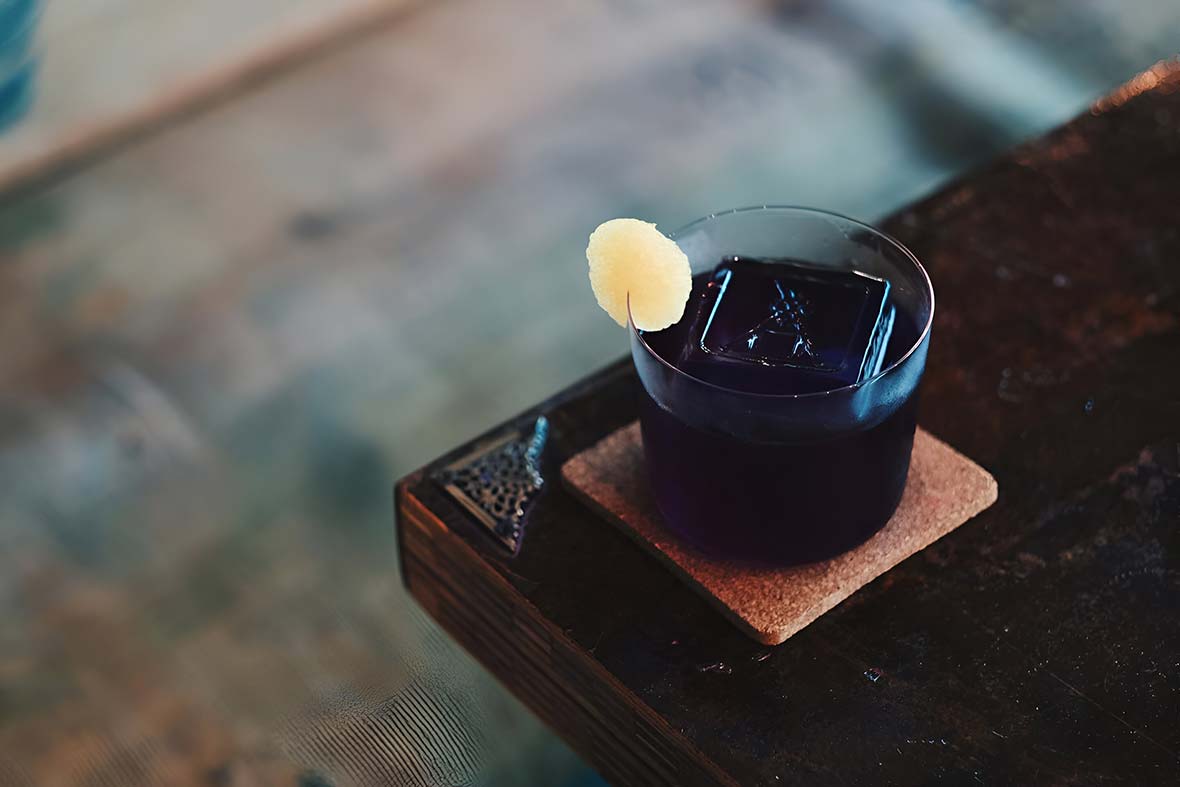
Touches like these have rather quickly transformed Singapore from a place to get a great drink into Asia’s best place to drink. Industry peers have noticed the evolution, too.
“What I love about drinking in Singapore right now boils down to two main points: the ease of traveling between bars and the sheer variety and quality of drinks and experiences you can get,” says Chuan Poh, co-founder of the up-and-coming Night Hawk.
“With such a melting pot of ideologies, perspectives and experiences, we end up having bars that are unique from each other offering a plethora of options, whether mild or wild.”
His bar represents that diversity better than most.
Night Hawk deals in retro-futurism: the point where past, present and future meet. Marked by a hawk insignia on a door off Tanjong Pagar street, the speakeasy on the inside is windowless and bathed in a familiar warm, reddish light. Named after artist Edward Hopper’s mid-century painting of the same name, it at once recalls 1950s America and a watering hole in a sci-fi movie set centuries after ours.
For founders Poh and Peter Chua, this was a very intentional aesthetic.
People here don’t only drink to have fun, but also to temporarily escape from the hustle and bustle of the city.
Peter Chua, Founder of Night Hawk
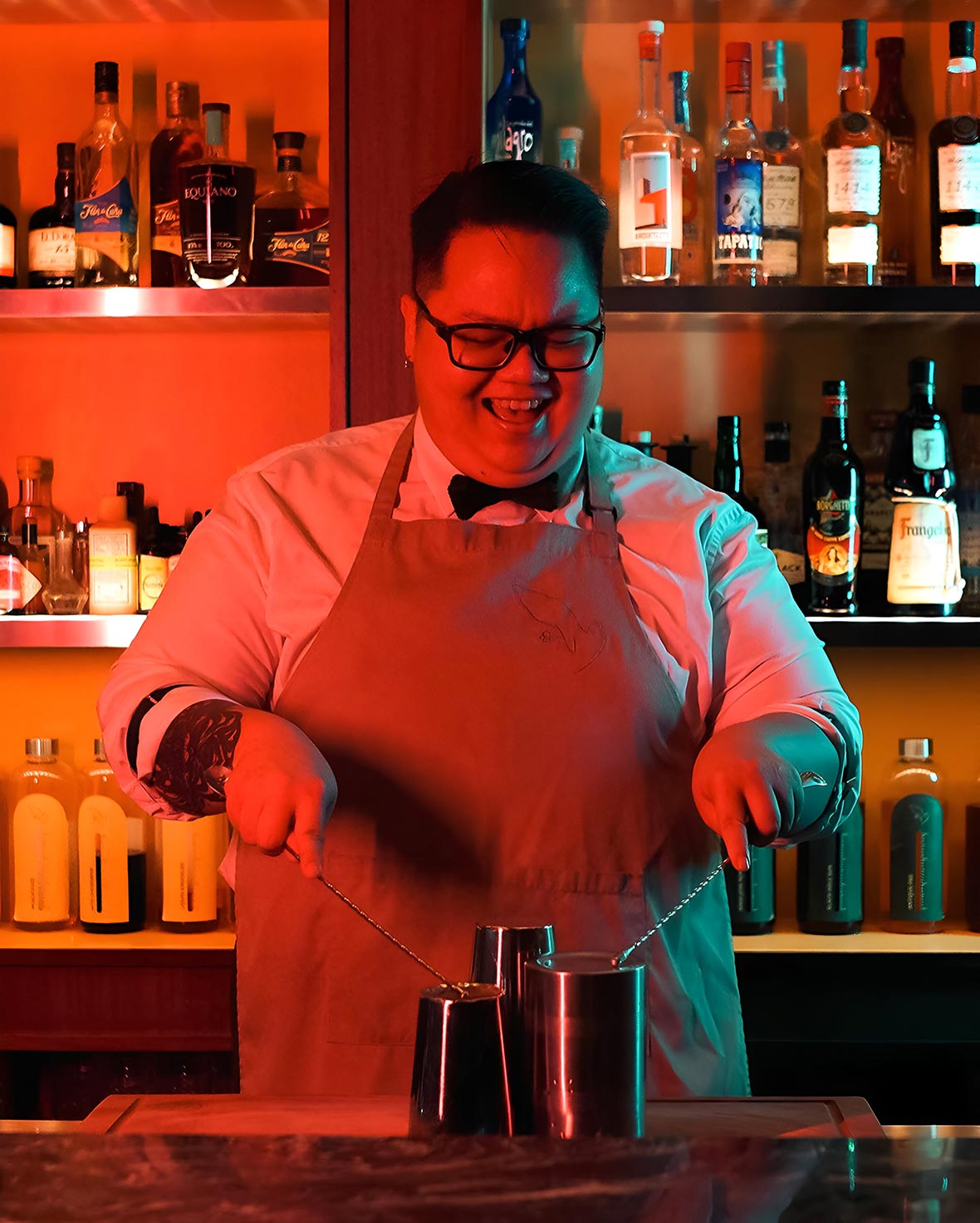
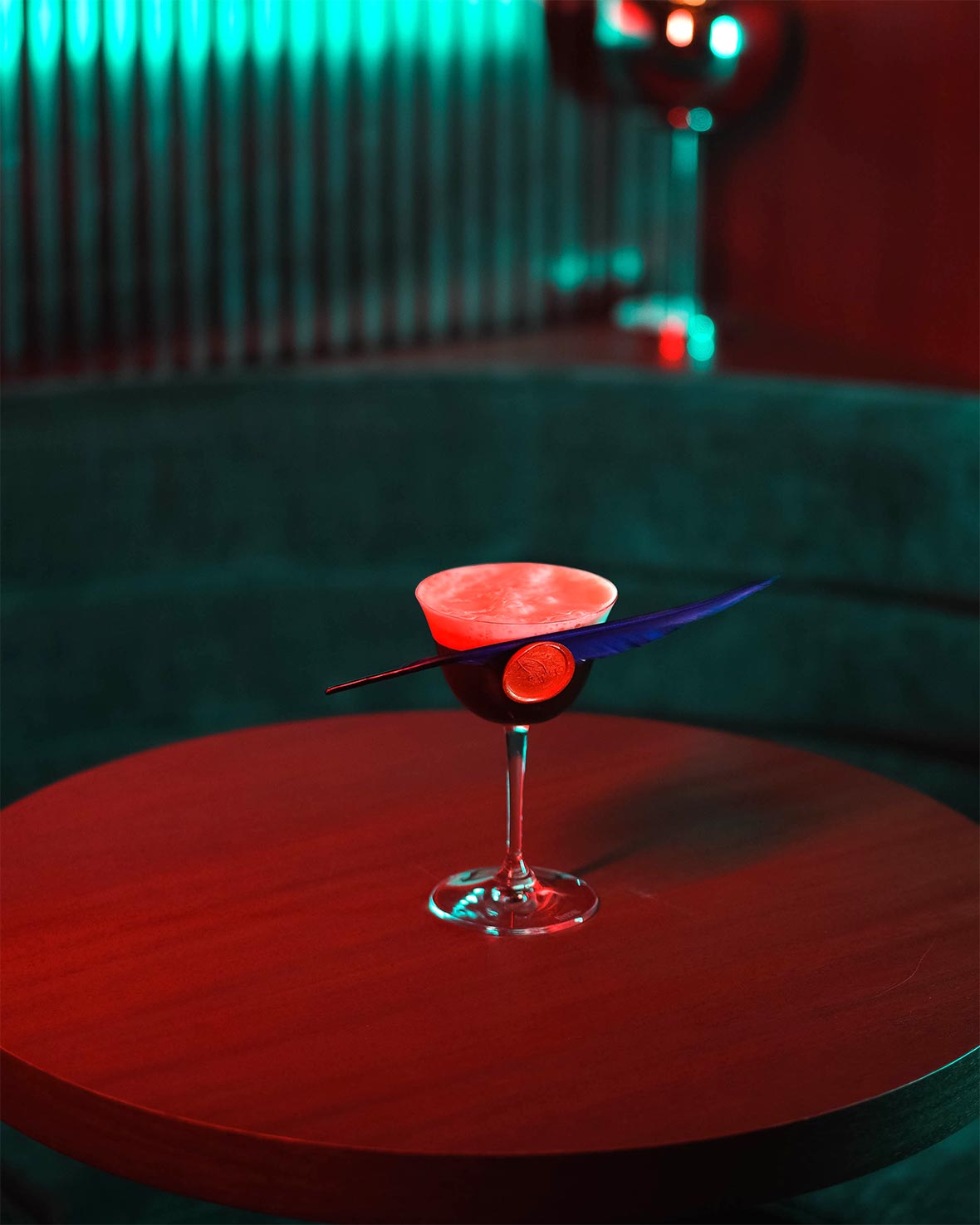
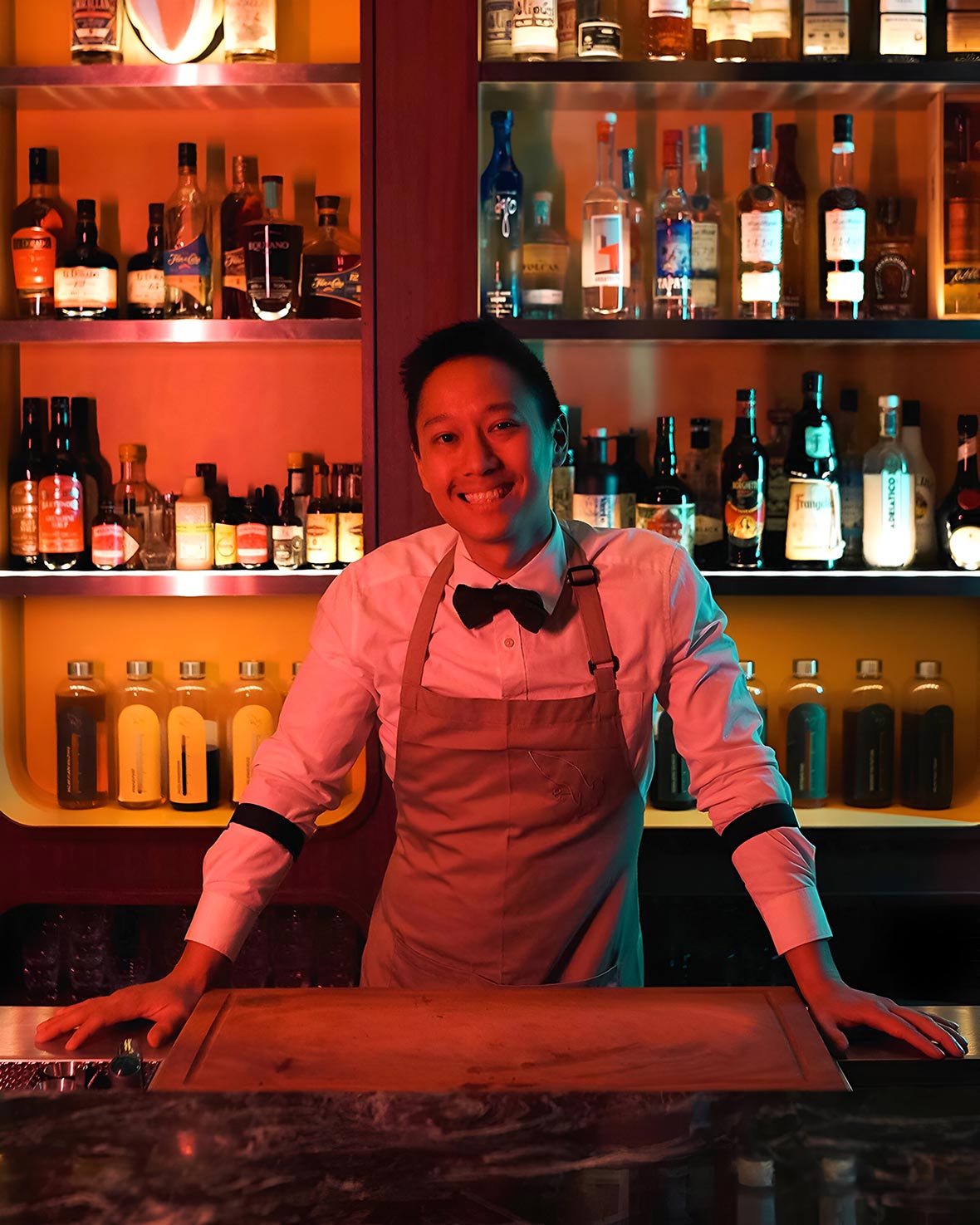
“Singapore has been so focused on raising the bar that we’ve missed one of the fundamental uses of a bar: escapism. People here don’t only drink to have fun, but also to temporarily escape from the hustle and bustle of the city,” says Chua.
“Like tiki bars in the late ’60s, Night Hawk was designed to not look like any specific space or era to facilitate the idea of escapism and also tackle the paradox of time.”
What Chua means is the venue pulls you away from reality by blending trends that are both real (from the past and present) and imagined (what Chua and Poh believe will shape cocktail culture in the future). That philosophy largely manifests as fusion.
Space Age-named drinks like Gamma-ray Holiday offer modern twists on classics – in this case, they give the Midori sour a local spin with bitter gourd. The signature cocktail Nighthawks, meanwhile, is a can’t-miss riff on Irish Coffee: rum-infused coffee, vodka and amaro are shaken together and layered with coconut and palm sugar foam.
Drinks like these don’t only capture Singapore in a glass. They also speak to the pride and joy the city’s bartenders are feeling as they continue to elevate the drinking experience for themselves and their customers rather than seek awards or maximize returns. As Khoo says, “The real judge will always be the customer sitting in front of you.”
